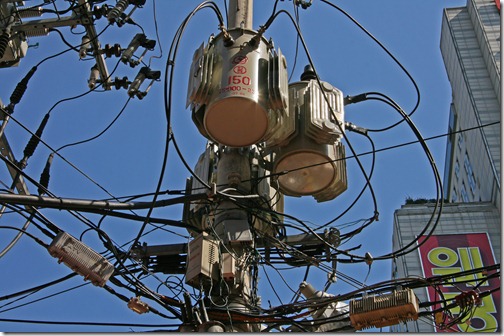DoE (U.S. Department of Commerce) and NIST (National Institute of Standards and Technology) have published an updated roadmap for the Smart Grids (Release 2.0) the other day.
The general direction and objectives of the framework and roadmap described in the first release have been approved by release 2. Several topics of Release 1.0 have been improved and extended. IEC 61850 (and other IEC TC 57 standards like 60870-6 TASE.2/ICCP, IEC 61968/70 CIM, and IEC 62351 Security) are still understood as key standards for Smart Grids.
New aspects covered:
- Developments related to ensuring cybersecurity for the Smart Grid, including a Risk Management Framework to provide guidance on security practices;
- A new framework for testing the conformity of devices and systems to be connected to the Smart Grid—the Interoperability Process Reference Manual; and
- An overview of future areas of work, e.g.,electromagnetic disturbance and interference.
You can read between the lines that the people in charge for smart(er) grids have understood that the implementation of new devices and systems is more a marathon than a sprint. Take a look at the process of standardization of IEC 61850 which started in 1995, released first complete set mainly in 2004-2005, and extended the standard since then. It took many years before the market saw a bunch of vendors and users that implemented the standard (2007 - 2010). But: The pace in implementing and using the standard has increased steadily all over since 2010 – 15 years after IEC 61850 standardization work started, some 20 years after UCA 2.0 was initiated, and 25 years after the MAP project started.
Don’t worry if you see a lot of legacy stuff still running and commissioned. Keep in mind: Haste makes waste. Take your time.
Download the NIST Framework and Roadmap for Smart Grid Interoperability Standards, Release 2.0 [pdf, 7.5 MB]













